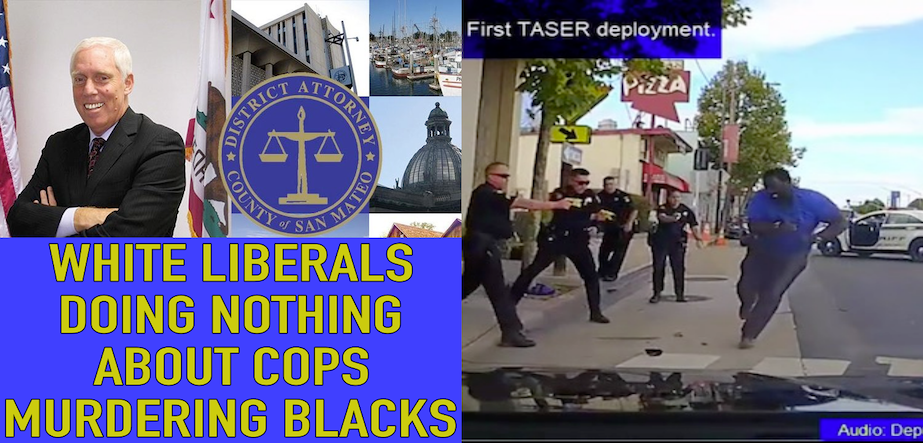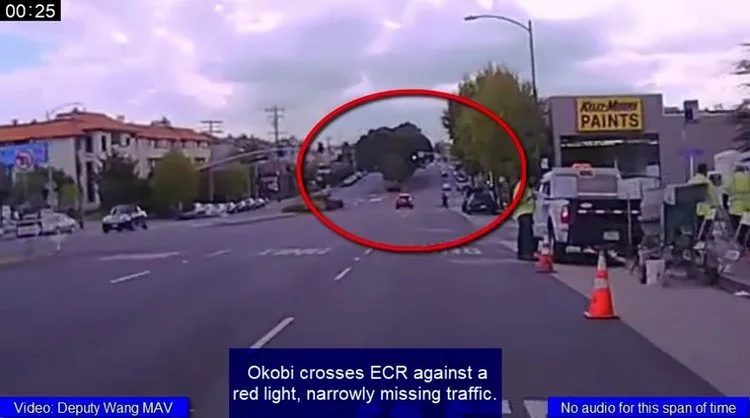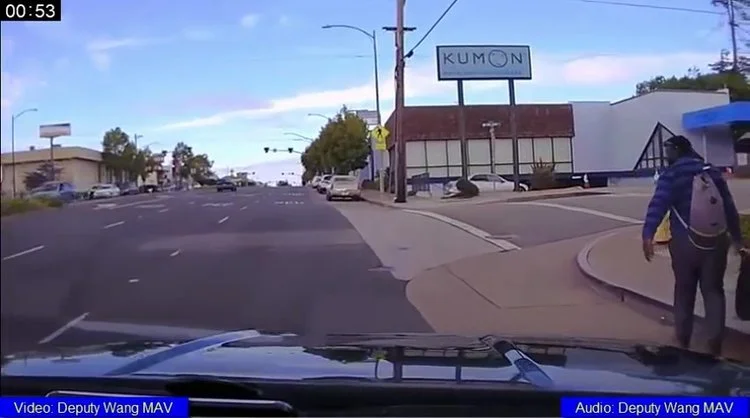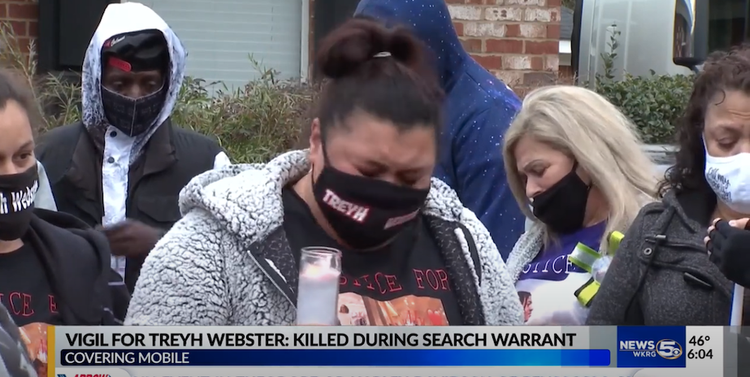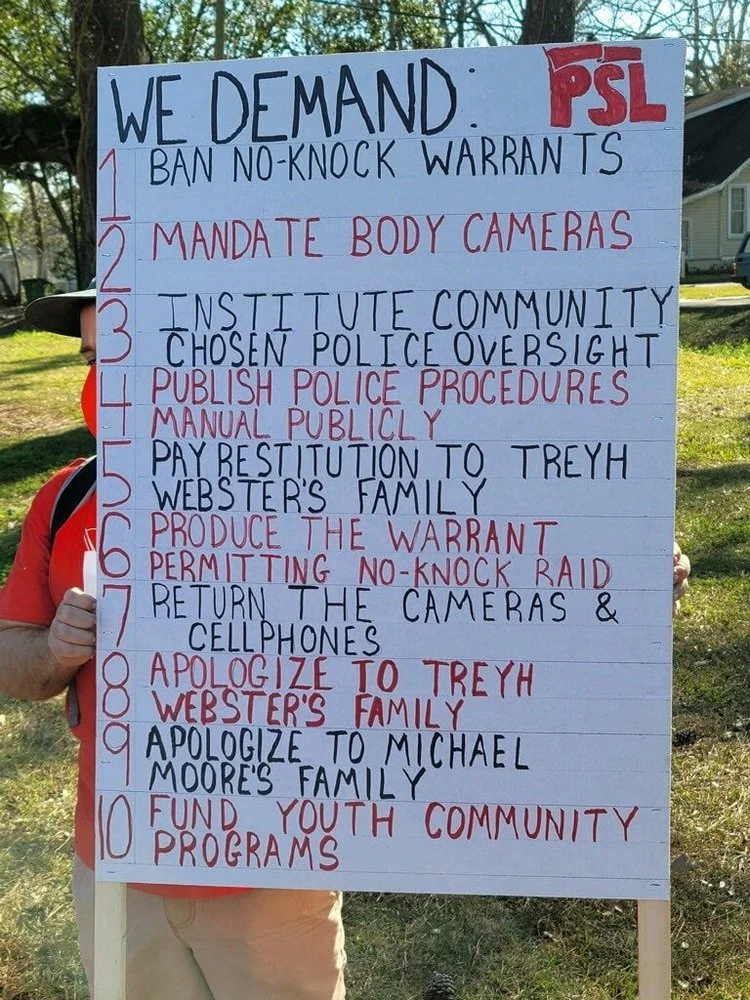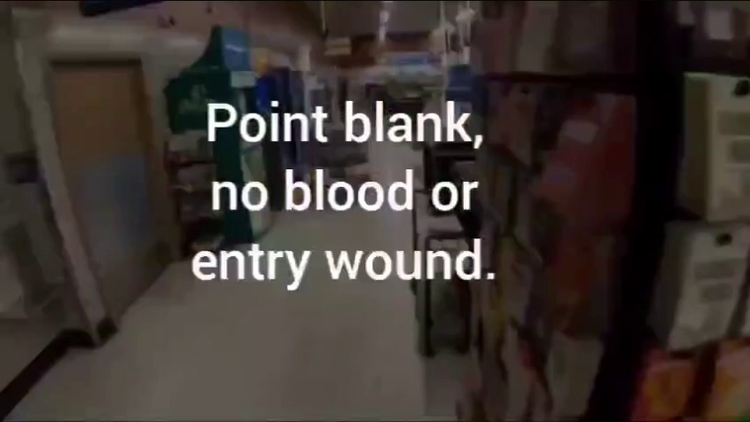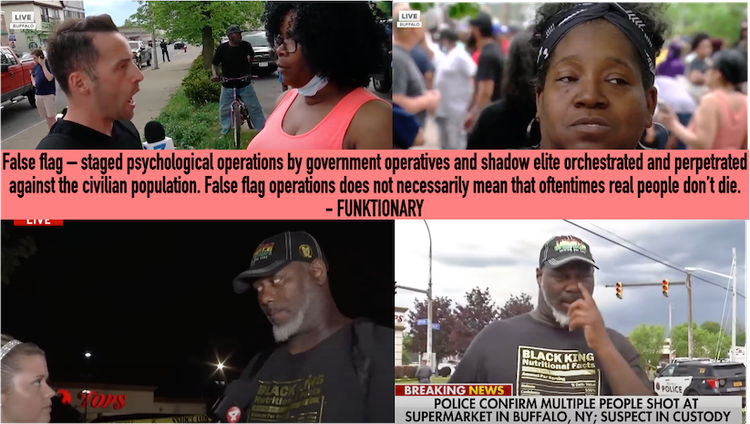The lawsuit states that face-down restraint has been known to be dangerous since 1995, when the Justice Department issued a bulletin that “alerted law enforcement to the dangers of” the practice.
In January, lawyers representing the Annapolis government filed a 50-page motion asking the U.S. District Court of Maryland to close the suit, arguing the family’s allegations were “too vague and generalized” to “draw a plausible connection” to specific law enforcement and emergency response personnel.
The 54-page complaint cites the Maryland Medical Protocols for Emergency Medical Services, which at the time of Green’s death instructed EMS responders not to restrain patients in a “face down, hobbled, or hog-tied position,” also stating that if a patient is handcuffed, they should be repositioned “in face-up position with hands anterior and secured to [the] stretcher.
“It was only after this incident that the Annapolis Police Department promulgated a revised use of force policy prohibiting the unconstitutional practice of face-down restraint,” the lawsuit states. “Unlike other police departments, at the time Mr. Green was killed, the Annapolis Police Department unconstitutionally condoned face-down restraint as a matter of custom and policy.” [MORE]
If it’s not dismissed, the city is asking the complaint be amended to provide “more specific allegations attributable” to the individual defendants, four named police officers and five unnamed paramedics. Police and fire department officials confirmed Thursday that all nine responders at Green’s apartment are still employed.
“Plaintiffs present all of their allegations in a vacuum,” the city’s motion states, “without meaningful factual detail explaining what physical contact each Individual Defendant had with Mr. Green, how each Individual Defendant engaged in unconstitutional conduct, or otherwise what actions each Individual Defendant took that provides a basis for each of their claims.”
Police and paramedics had come to Green’s apartment after his wife called for help because he was under the influence of PCP and being destructive. He was never placed under arrest or suspected of a crime.
In their December complaint, the family said they were denied access to body-camera footage of the encounter. While city leaders played the footage for three elected officials and two Capital reporters shortly after Green’s death, the family was told accessing the videos would interfere with prosecutors’ investigation into the matter.
The $75 million lawsuit, which also seeks to require mandatory training for city personnel in dealing with cases like Green’s, would be separate from any criminal indictment pursued by State’s Attorney Anne Colt Leitess. Though Annapolis Police Chief Ed Jackson confirmed earlier this month that his department had completed its part of the investigation, Assistant State’s Attorney and spokesperson Brian Marsh said it was still “an open matter” for their office, declining to comment on whether Leitess would be pursuing charges.
Green’s death took place months before a state law requiring Maryland Attorney General’s office to review police-involved deaths took effect.
Baltimore attorney Dwayne A. Brown announces a federal civil rights lawsuit against the city of Annapolis claiming damages for the in-custody death of Renardo Green, whose death was ruled a homicide due to being restrained face-down by police and emergency services during a June 2021 medical incident at his home. (Dan Belson)
Malcolm Ruff, an attorney who represents the family alongside Patrick Thronson, Brenda Harkavy, William Murphy and Dwayne Brown, said Thursday that the plaintiffs still have not seen any police footage from the case.
A recent Maryland Public Information Act request for the videos filed by The Capital was denied, citing the State’s Attorney’s ongoing investigation.
City leaders also have faced criticism about the lack of transparency surrounding Green’s death. Six months after the incident, both community members and elected officials spoke out against Mayor Gavin Buckley when The Capital revealed the results of an autopsy declaring Green’s death a homicide.
At the time, Buckley said he learned about the ruling “a few weeks” earlier and didn’t tell the public because of the State’s Attorney’s investigation.
Dr. Victor W. Weedn, Maryland’s then-chief medical examiner, determined Green had died because he was restrained on his stomach. Handcuffed and strapped face down on a stretcher, his position prevented him from breathing, causing his heart to stop and Green to become brain-dead.
Weedn listed Green’s cause of death as “prone restraint cardiac arrest,” noting drug intoxication as a contributing factor.
Police and paramedics responded to the 51-year-old’s Eastport apartment after his wife called for help, saying Green was under the influence of the powerful psychedelic drug PCP and breaking things around the house. She said she wanted him out of the apartment and requested an ambulance because Green was bleeding heavily after cutting his hand.
When police arrived, Green was pinned on the ground by a relative, yelling obscenities, according to police reports. Attempts by officers to calm him failed, and he was restrained with shackles and two sets of handcuffs.
Noticing he was struggling for breath — earlier in the evening, officers and medics had found Green outside disoriented, though he waved them away — police planned to take him to a hospital for an emergency evaluation.
Using a sheet, responding paramedics lifted Green onto a spine board and strapped him to the stretcher with his stomach down, applying extra straps once they moved him onto a wheeled gurney outside the building.
According to the autopsy report, Green became unresponsive while being loaded onto an ambulance or shortly thereafter, and paramedics attempted to resuscitate him. Green was revived in the emergency room but never regained consciousness.
The family’s 54-page complaint states facedown restraint has been known to be a dangerous procedure since 1995 when the Justice Department issued a bulletin on the dangers of the practice.
The suit also cites the Maryland Medical Protocols for Emergency Medical Services, which at the time of Green’s death instructed EMS responders to avoid restraining patients in a “face down, hobbled, or hog-tied position.” If a patient is handcuffed, the protocols state they should be repositioned in a “face-up position with hands anterior and secured to [the] stretcher.”






